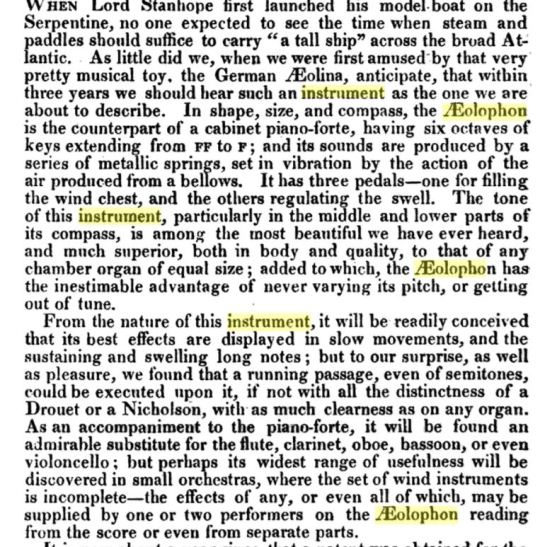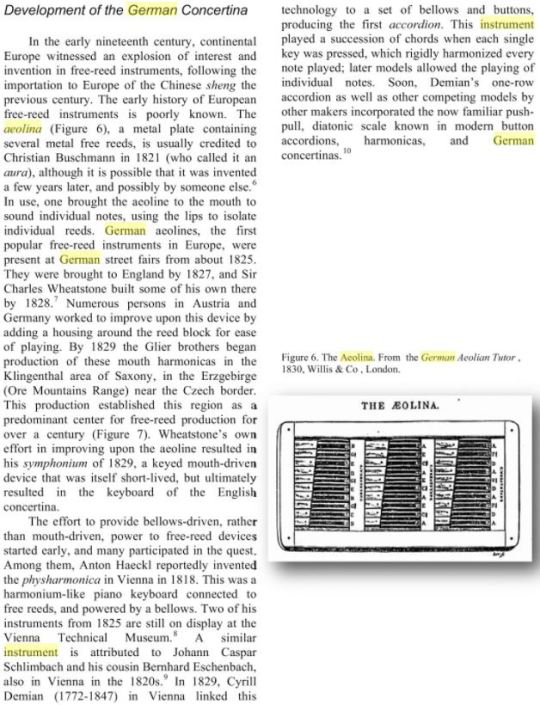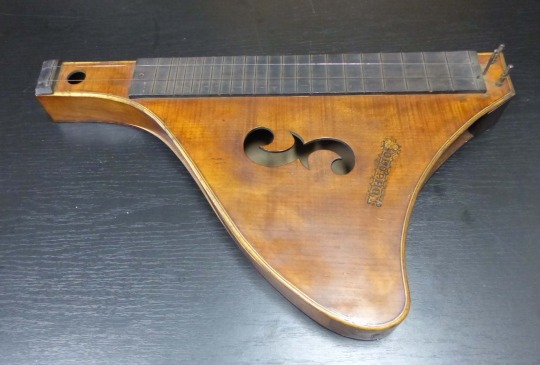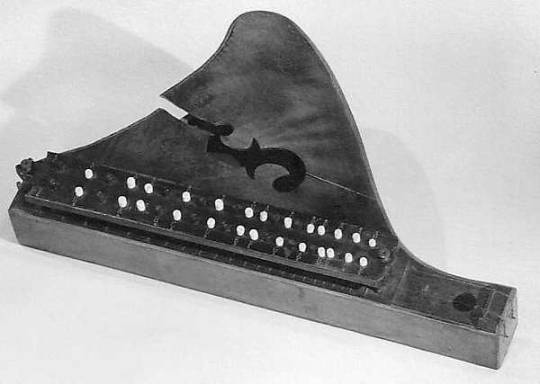#triviaholics
Text
Five new things I learned today.
The human brain is the most complex organ in the body.
The average person has about 100,000 hair follicles.
The average person blinks about 15 times per minute.
The human heart beats about 100,000 times per day.
The average person takes about 23,000 breaths per day.
#trivia#trivianight#triviacommunity#triviaparty#triviachallenge#triviaquiz#triviaquestions#triviabuff#triviamaster#triviameister#triviaaddict#triviacrack#triviagenius#triviaholic#triviaholics#triviajunkie#triviafreak#triviaenthusiast
0 notes
Text
So here’s a typical evening for me. A post of a weird instrument goes by on my dash. Says it’s a “solophon”. “What the hell is that?”. I Google and fail to find any immediate information but one article mentions a “colophon”. This amuses me so I am side tracked to look it up. I find this article from “ARCANA OF SCIENCE AND ARTS: OR AN ANNUAL REGISTER OF USEFUL INVENTIONS AND IMPROVEMENTS” (1831).

No mention of a colophon. Must be confusion from the diphthong AE. But what the hell is this Aeolophon thing? And for that matter, what is this “pretty music toy, the German Aeolina”?
The German Aeolina...I find a snippet about this in the “ The Anglo-German Concertina: A Social History, Volume 1.” (Volume 1! There are more!!)

So...this Aeolina is a kind of precursor to a mouth organ/harmonica. Ok. Satisfaction. Now - what was this Aeolophon thing the first article was so excited about?
Finally...FINALLY I finally find a great (obscure) page and this very useful paragraph from “REED ORGANS IN ENGLAND - A comprehensive study of reed organs in England, Scotland and Wales”. http://tardis.dl.ac.uk/FreeReed/organ_book/node4.html
“In 1814, Bernhard Eschenbach of Königshoven in Bavaria invented a keyboard with vibrators, called the ``Organo-Violine''. In 1816, Johan Caspar Schlimbach of Ohrdurf improved it and called it the ``AEoline''. [...] Many other builders started to make similar instruments, adding their own improvements and inventions to them, and called them by a large variety of names, such as Aeolidon (which had bent tongues), Adelphone, Adiaphonon, Harmonikon, Harmonine, Melodium, Aeolian, Panorgue, Poikolorgue, Seraphine.“
and a littler further down...this line: “ Around 1827, several people in England and Europe turned their attention to the production of musical instruments on this [reed organ] principle. The first successful was possibly the Eolophon of Mr. Day.“
So...the thrilling new invention from the old article is a reed organ. The time periods work, the description works, and the article even mentions the fellow Day as the patent holder (I cut the text off that says that, sorry!). It’s just a different spelling Aeolophon/Eolophon. And that “pretty music toy, the German Aeolina” MUST be this Aeoline in this article - another sort of reed organ (thanks for misspelling all these, writer from 1831!) and not an Aeolina, the mouth organ thing (though that too is a reed instrument!).
Along the way in this journey, I discovered that I don’t know the difference between a pipe organ and a reed organ, and so I had to go read about this. (I think I will make a separate post about that when it’s not so very late.)
And...at last...because I must...back to the first...a solophon. It’s a German version of a bowed zither. Here is a plain one (or maybe it lost the ‘button box’ the second pic has?) and then one with buttons that I guess make it easier to learn to make “chords” (intervals really...only two strings!) by pressing the buttons. Good night! Z_Z


(last pic from: https://www.metmuseum.org/art/collection/search/505185)
#solophon#aeololphon#Reed organ#organ#bowed zither#No one will even read this!#I have a problem#I'm a triviaholic
8 notes
·
View notes